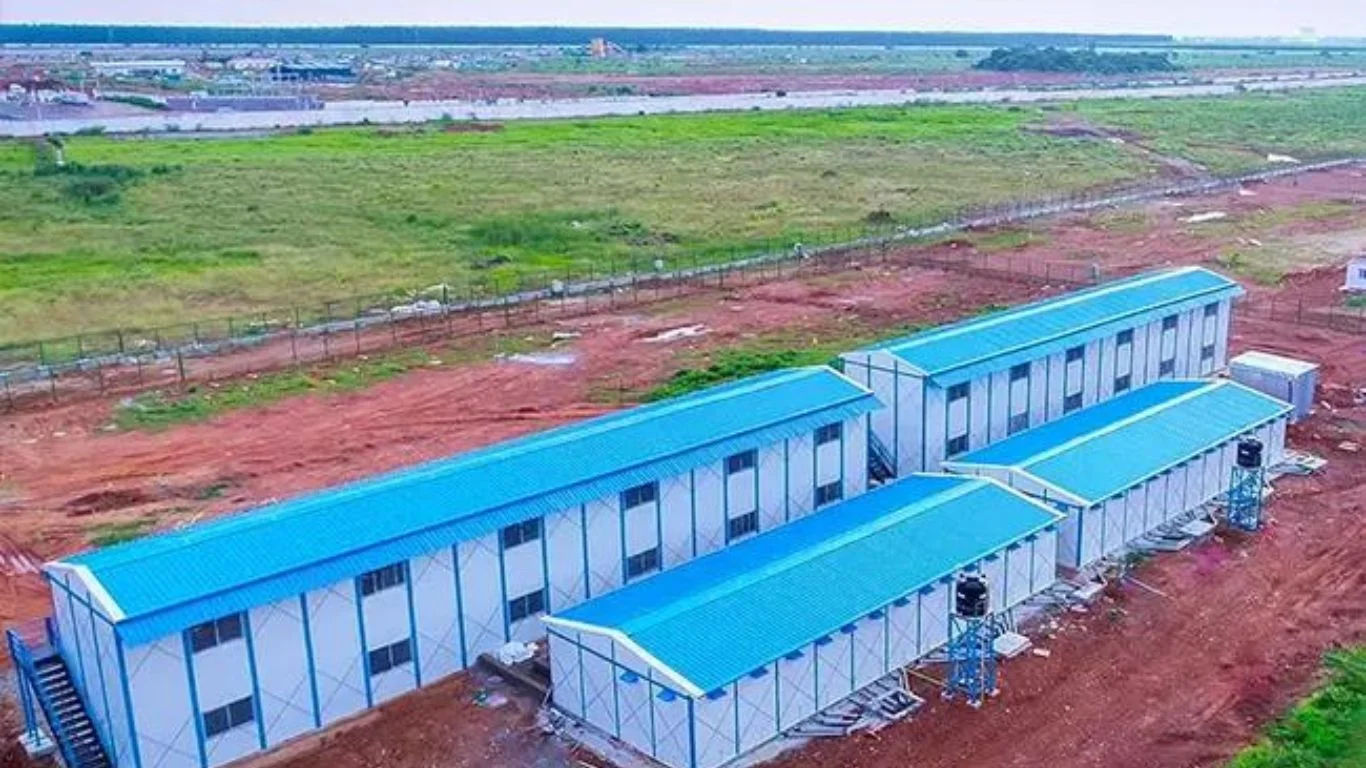As a structural material, steel provides great quality at a reasonable price, particularly for large-scale projects like the construction of industrial facilities and warehouses.
What is the cost of steel storage facilities? As with any type of building project, the price is contingent on a variety of factors, including the structure’s size, location, and features.
Nevertheless, when comparing the cost of a steel storage facility to that of a traditional building, temporary and permanent expenditures combined, steel is frequently a fraction of the cost. These factors influence the construction and structure costs of a steel warehouse:
1. Pre-engineering: Because the materials are pre-measured and pre-cut, the development process is accelerated from the outset. Materials are prefabricated and brought to the construction site, which makes steel warehouse construction a well-organized endeavour. This can significantly cut construction time, resulting in lower project costs and an earlier commencement of operations.
Prefabrication of the framework considerably reduces labour expenses. Approximately fifty percent less time is required than with typical warehouse development and construction techniques. Time equals money in the context of private service providers. When the steel framework, walls, and roof of a building are pre-measured and cut, construction time is reduced.
2. Maintenance: In addition to the initial expenditures for structure and construction, you must also consider the ongoing maintenance requirements of steel buildings. A steel warehouse with low maintenance costs allows you to avoid future costly investments. A steel structure’s lifetime maintenance savings can reach tens or even hundreds of millions of rupees.
Other cost savings must also be considered, such as lower insurance costs due to steel’s durability and weather resistance. Due to the strength, safety, security, and protection functions of steel frameworks, any product or piece of equipment stored within the warehouse is protected from the elements.
Durability of steel storage facilities
When investing in anything as costly as a new commercial structure, the project should be constructed using easily available materials for decades. With proper construction and maintenance, steel structures can readily last for at least 50 years.
Steel constructions are resistant to a number of prevalent risks to the durability and longevity of structures. For instance, if you want to reduce the risk of natural hazards such as fire, mould and mildew, rot, insects, heavy snow, earthquakes, and strong winds, steel is a more durable solution. Whenever a superstorm ravages a region, steel warehouses are typically the last structures standing.
When investing a significant amount of money in the building and development of a facility, durability is a worry. If you need a material that can survive the elements and last for many years, steel is the obvious option.
Adaptability of Steel-Based Storage Facilities
It is a frequent misperception that all stockroom structures offer the same number of customization options for the framework’s design and construction. Steel warehouses allow for substantial customization of the appearance and architecture of the building. You can fully customise the design of your steel warehouse to meet the needs of your organisation (e.g., office, or smaller sized special spaces developed right into the inside of your structures). In addition, as your business grows, you have the option to adapt your steel buildings to your changing needs.
Similarly, steel structural systems have essentially no spatial limitations. You may select a size that gives sufficient space for your equipment and merchandise. In addition to providing options for mezzanine floors and underground stockrooms, high ceilings permit efficient space utilisation.











